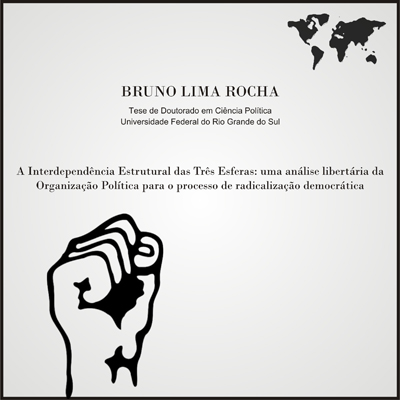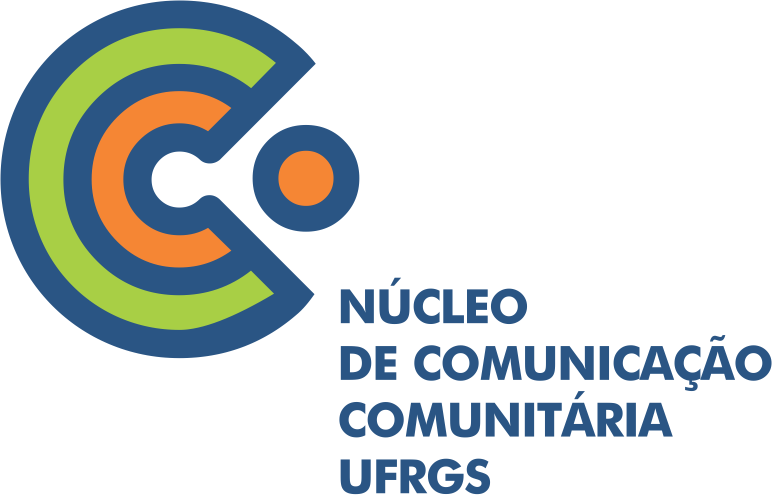

.jpg)
















|
Original Content in English Brazil and the Elections in the Second Round the campaign midterm
The development of the conservative vote and the difficult strategies to react for the popular movement . Bruno Lima Rocha, October 18, 2014
Latin America’s leading country, Mercosur (South America Common Market) and diplomatic agreements (like the BRICS) have found themselves at a crossroads. There is a consensus from the middle to the bottom of the social pyramid in Brazil. Middle class voters admit to step back in terms of political ideas and to not tolerate debates that try to weaken the State’s role in economic strategies and in its function to secure the material basis of everyday life for its inhabitants. Marina Silva, former Minister of the Environment from the Workers’ Party (PT, during the first period of the Lula government and for half the time during the second period) was not able to explain her “new politics” while including neoliberal economists in her team, responsible for the development of the government’s program.
The PSDB’s position has made it such that senator Aécio Neves and his party had to (and continue having to) explain — and make people believe — that by no means, the social politics developed during lulismo will be touched.
On the other hand, the Brazilian electorate voted for a congress where almost half the members are millionaires (this counts for 248 of the congress (wo)men); almost 80% of the congress (wo)men are white (with European descendants or socially white such as Jews and Arabs), and according to the DIAP (Union Department for Congress Accountability) the current congress has the most conservative profile since the post coup d'etat in 1964.
This is implied by the growth of the direct representation of land owners (like the case of the successful congressman from Rio Grande do Sul, Luis Carlos Heinze from the PP), or Neopentecostals such as the celebrated Pastor Marco Feliciano from São Paulo (in congress for the PSC), service (wo)men like the former captain of the Brazilian army and supporter of the dictatorship, the most successful congressman of the Rio de Janeiro area, Jair Bolsonaro from the PP and other militants of reactionary causes.
In light of these paradoxes with a look at the strategies and programs of the government, we can observe that the center-left is moving to the center of the political spectrum and is building alliances with the oligarchy. As a result, the national elections may be pushing political structure as a whole to the right.
Forty-four million people who are climbing up the social ladder are forming the so called C class – the urban and metropolitan working class – that is struggling between the instability of post-fordism. They are working, studying, and rotating their debts on their credit-cards, they make financial commitments to keep up their consumption, their life, and their studies (all the programs are subsidized by the state banks). Yet, this mass of humanity does not have ideas of change or a bigger ideological progress on the horizon. And it is Dilma and the governing party are tasking with fishing for their votes.
The first round of presidential elections in Brazil brought out some internal problems of the governing coalition. Dilma Rousseff (PT) lost 4 million votes compared to the elections in 2010, and urgently needs to reach out to other electoral blocs,, meaning the most leftist voters who were in the vast majority absent during this first round; the part of the constituents which is still progressive under Marina Silva and the voters of the class C, who benefited from the social aspects and economy politics of Lulismo, but who are far from being ideologically left.
The results of the first round of elections confront the Lulismo candidate with a significant loss of votes. Dilma received 43.267.668 votes; the total amount of non-voter is 38.797.280; the representative of the PSDB-DEM alliance, Aécio Neves, won 34.897.211 votes; and Marina Silva, head of the coalition of PSB and PPS received 22,176.619. It is important to emphasize that Aécio won in São Paulo and Paraná but he lost his home-state of Minas Gerais. Dilma won narrowly in Rio de Janeiro and Rio Grande do Sul, had a victory in Bahía and lost – narrowly as well – in Pernambuco. With a look at the most important polling stations in the country, problems are visible in São Paulo (the biggest one in the country with 40% of the GDP) and as a consequence, the possibility of a transfer of votes from Marina and the PSB (not necessarily the same voters) to Aécio.
There was a direct correlation between the increase of support for the grandchild of the ex-president Tancredo Neves and the useful, strategic vote of the right, when the former Governor was seen as a possible attack against Marina, once the ex senator from the state Acre could not keep up his “apolitical” image in the coat of “the new politics.” Together with internal differences, the national executives of the PSB decided to support the Tucano candidacy (Tucano is a bird and is the nickname for the party members of the Party of Social Democracy of Brazil, the PT, which is, in fact a neoliberal party and very similar to the Spanish PSOE.). A similar strategy was seen at the proto-party of Marina, the Sustainability Network (REDE). REDE decided to reject their support of Dilma and advise their voters to vote invalid or for Aécio, but, recently, Marina Silva herself advised her voters to vote Aécio and engaged into the campaign.
As previously state ,it is necessary to separate the PSB votes (like the ones from Pernambuco) from the Marina votes (like in São Paulo and Río de Janeiro). The votes for REDE are less important than their trust in their leader – crushed two times, already. The tendency was to support Marina but with discretion and without the open participation of Aécio Neves campaign. Now it has changed. Like I said in other articles “Lulismo simply loses due to itself or its divisions.” With Marina supporting the PSDB explicitly, something she didn't do in 2010 when she declared herself neutral, we find someone leaving militancy and a lifetime committed to Lulismo, who directly brings votes to the opposition. With Marina publicly standing side by side with PSDB, the chances of neoliberals grows a lot.
Referring to the Fundamental Question
If the new class C is not organized, who will react on the real possibility of loosing rights and the destruction of social politics in case neoliberalism will win in the Brazilian elections? Due to the economic slowdown there developed an explicit distrust in the Brazilian business community as well as in a government that seems to support this business community all too well.
Brazil's economic system is based on exhaustion. Not because of its social politics but because of the ideal of the Chinese gigantism. It is based on the sale of primary commodities to China and India and creates a win-win situation by subsidizing the material living conditions as a constant reflow to the capital.
The cursed SELIC is on a middle level (basic interest rate, defined by the council for currency politics, a central organ of the Brazilian central bank. Currently the rate is at 11 point per year), and correlates with the 42.35% of the states budget that is used to serve the public debt. These monetary politics are part of the game. It is a better pace than during the 1980s with Fernando Henrique Cardoso (FHC) – significantly shorter – but still it is absurdly high for the urgencies of the Brazilian people.
Right now, when the drop of governance slips trough fingers, despair knocks on the door of the national directory of the PT, its executive committee and the coordinators of Dilma's reelection campaign, they must improve the attacks against Aécio’s self image.
At this side of the table, the primary element is the capacity of the popular movement to react in an independent way to secure the few rights conceded by the politics of a timid late-Keynesianism. The PT opted to govern from the right, based on oligarchic regulations and demobilized the Brazilian people. This involved promiscuous relationships between the unions, the movements, and the state apparatus.
This ideological defeat was heard when a leader from the PT said: “We did accept parts of the game of the bourgeois-democratic society with the reorganization of our members, proposed in 1979 – 1980 and carried out by general Golbery do Couto e Silva. Our goal was, to enter the states apparatus to transform it and to from head to toes and thus transform the social relations. We gained executive power during the elections of 2002 and we didn't transform either the nature of the Brazilian state (patrimonial and based on pork barrel), nor the social relations. We transformed ourselves and today we are similar to the political adversaries and enemies of class”
Considering that the once radical reformism with its demands from the 1980s is not much more that a “grotesque caricature of itself,” of which party disorganized and co-opted the popular movement, which had been their political point of reference and which additionally used to have a solid base in the left unions:
The question remains: If Neoliberalism comes back, what to do? And now: Who will face it? Which social forces are able to challenge it?
This article was kindly translated by the Conjuncture Magazine editors team and has been first published there.
|

